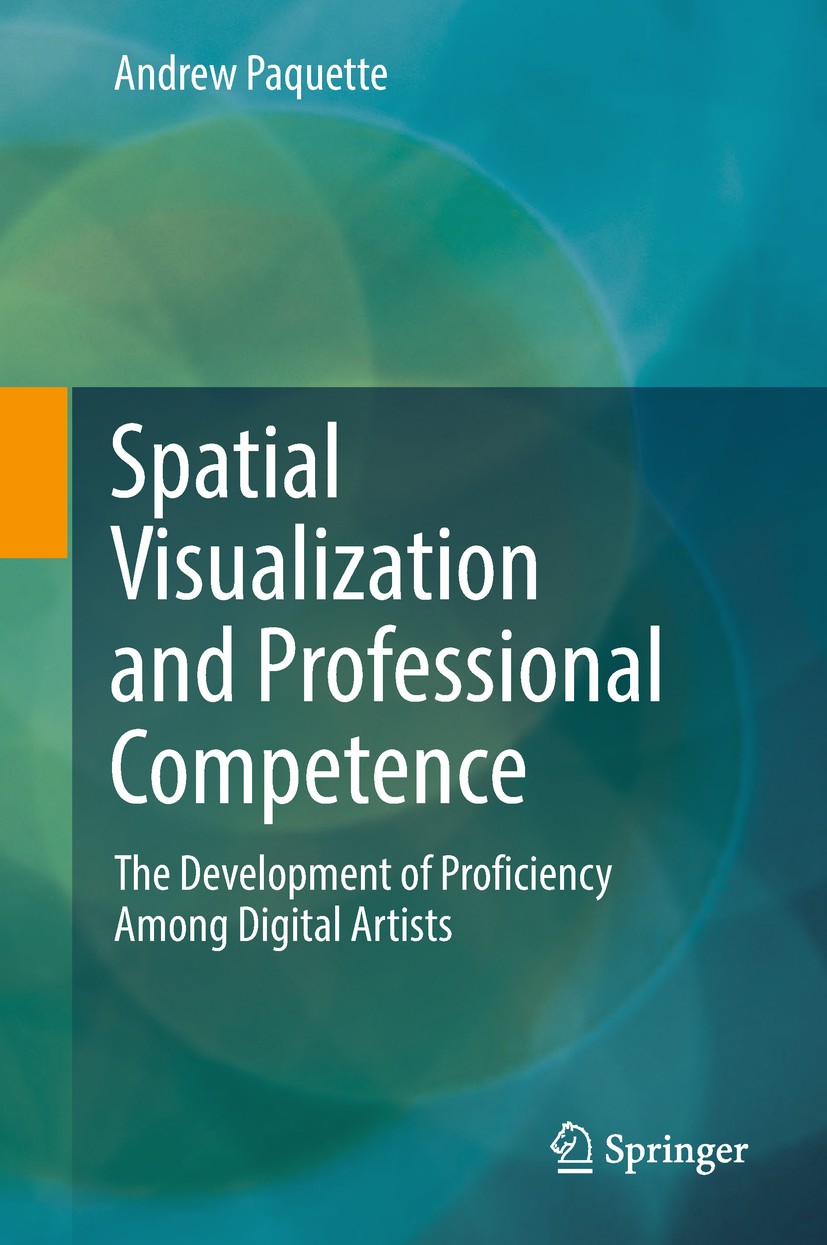| 书目名称 | Spatial Visualization and Professional Competence |
| 副标题 | The Development of P |
| 编辑 | Andrew Paquette |
| 视频video | http://file.papertrans.cn/874/873587/873587.mp4 |
| 概述 | Explains why experience or practice isn’t always enough to develop proficiency.Demonstrates flaws in current spatial visualisation testing.Enriches understanding of domain differences in the developme |
| 图书封面 |  |
| 描述 | .The computer graphics (CG) industry is an attractive field for undergraduate students, but employers often find that graduates of CG art programmes are not proficient. The result is that many positions are left vacant, despite large numbers of job applicants. This book investigates how student CG artists develop proficiency. The subject is important to the rapidly growing number of educators in this sector, employers of graduates, and students who intend to develop proficiency for the purpose of obtaining employment. Educators will see why teaching software-oriented knowledge to students does not lead to proficiency, but that the development of problem-solving and visualisation skills do. . . This book follows a narrow focus, as students develop proficiency in a cognitively challenging task known as ‘NURBS modelling’. This task was chosen due to an observed relationship between students who succeeded in the task, and students who successfully obtained employment after graduation. In the study this is based on, readers will be shown that knowledge-based explanations for the development of proficiency do not adequately account for proficiency or expertise in this field, where visual |
| 出版日期 | Book 2018 |
| 关键词 | spatial visualization; computer graphics; technical education; digital art; graphics higher education; le |
| 版次 | 1 |
| doi | https://doi.org/10.1007/978-3-319-91289-9 |
| isbn_softcover | 978-3-030-08213-0 |
| isbn_ebook | 978-3-319-91289-9 |
| copyright | Springer Nature Switzerland AG 2018 |
 |Archiver|手机版|小黑屋|
派博传思国际
( 京公网安备110108008328)
GMT+8, 2025-12-15 01:15
|Archiver|手机版|小黑屋|
派博传思国际
( 京公网安备110108008328)
GMT+8, 2025-12-15 01:15


